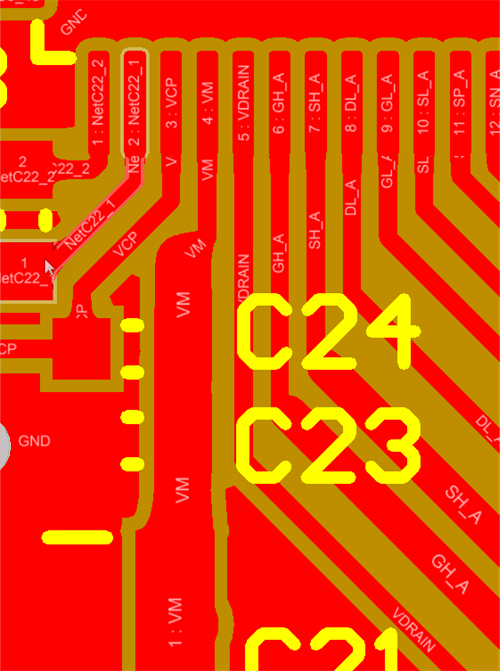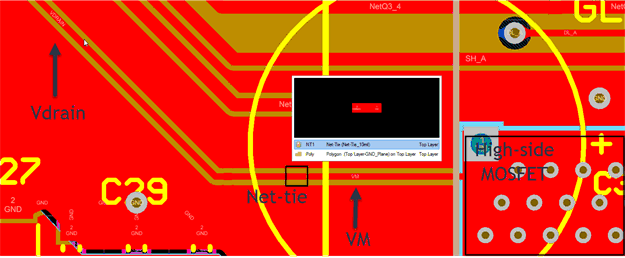SLVA959B November 2018 – October 2021 DRV10866 , DRV10963 , DRV10964 , DRV10970 , DRV10974 , DRV10975 , DRV10983 , DRV10983-Q1 , DRV10987 , DRV11873 , DRV3205-Q1 , DRV3220-Q1 , DRV3245E-Q1 , DRV3245Q-Q1 , DRV8301 , DRV8302 , DRV8303 , DRV8304 , DRV8305 , DRV8305-Q1 , DRV8306 , DRV8307 , DRV8308 , DRV8312 , DRV8313 , DRV8320 , DRV8320R , DRV8323 , DRV8323R , DRV8332 , DRV8343-Q1 , DRV8350 , DRV8350R , DRV8353 , DRV8353R , DRV8412 , DRV8701 , DRV8702-Q1 , DRV8702D-Q1 , DRV8703-Q1 , DRV8703D-Q1 , DRV8704 , DRV8711 , DRV8800 , DRV8801 , DRV8801-Q1 , DRV8801A-Q1 , DRV8802 , DRV8802-Q1 , DRV8803 , DRV8804 , DRV8805 , DRV8806 , DRV8811 , DRV8812 , DRV8813 , DRV8814 , DRV8816 , DRV8818 , DRV8821 , DRV8823 , DRV8823-Q1 , DRV8824 , DRV8824-Q1 , DRV8825 , DRV8828 , DRV8829 , DRV8830 , DRV8832 , DRV8832-Q1 , DRV8833 , DRV8833C , DRV8834 , DRV8835 , DRV8836 , DRV8837 , DRV8837C , DRV8838 , DRV8839 , DRV8840 , DRV8841 , DRV8842 , DRV8843 , DRV8844 , DRV8846 , DRV8847 , DRV8848 , DRV8850 , DRV8860 , DRV8870 , DRV8871 , DRV8871-Q1 , DRV8872 , DRV8872-Q1 , DRV8873-Q1 , DRV8880 , DRV8881 , DRV8884 , DRV8885 , DRV8886 , DRV8886AT , DRV8889-Q1
6.3.3 VDRAIN Sense Pin
The VDRAIN pin is used to sense the high-side MOSFET drain voltage. Motor drive devices that have a VDRAIN pin must be routed with some consideration for best performance. Because the voltage supply first goes to the drain of the high-side MOSFETs the routing of the VDRAIN pin is critical to the layout. The VDRAIN pin provides a Kelvin connection for the voltage supply (VM) which allows monitoring the VDS voltage of the high-side MOSFET in the case of an overcurrent event (see Figure 6-13). Because the VM connection in the power stage is usually composed of a large copper plane and wide traces to support the required current, the additional inductance and voltage drops of the plane could affect the VDS measuring accuracy. Therefore, route the VDRAIN pin in a single trace directly to the drain of the external power MOSFETs. TI recommends using a Net Tie close to the drain to minimize additional inductance that can lead to false OCP faults (see Figure 6-14).
 Figure 6-13 VDRAIN Kelvin Connection
Figure 6-13 VDRAIN Kelvin Connection Figure 6-14 Net Tie High-Side MOSFET Drain
Figure 6-14 Net Tie High-Side MOSFET Drain